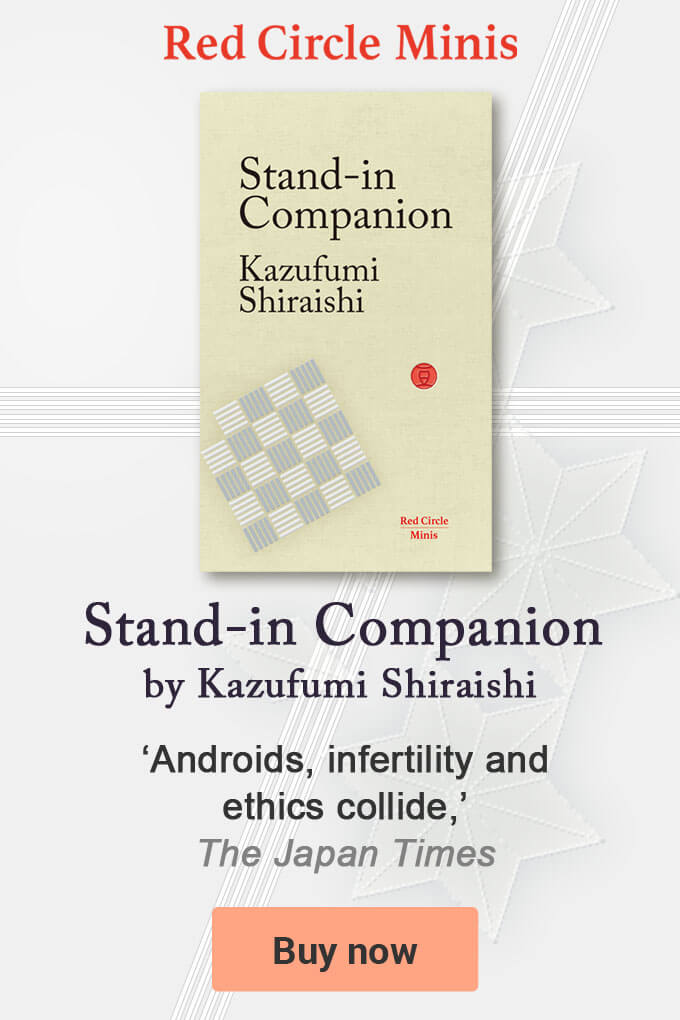The Horyuji Temple, in Nara, founded in 607, is believed to have been the location of Japan’s first library, which was within the Prince’s ‘study’ at the temple. Subsequently, many temples across Japan started collections of manuscripts and important texts including copies of the Nihon Shoki (The Chronicles of Japan), one of Japan’s first written accounts of the nation’s history.
Shotoku Taishi is an important historical figure in Japan and still admired today. His image was included on 10,000 yen notes issued until 1986, and he is credited with developing Japan’s first set of laws – a set of 17 rules – which stress the importance of harmony in the community. The rules have been described as an early type of constitution.
According to the Encyclopedia of Library History, Japan’s first national library, Zushoryo, was set up about one hundred years later in the 8th century following new legislation issued in 702, Formalising and standardising the trend started by Shotoku Taishi.
The library was modelled on a library in China and run by a government ministry. It was Japan’s official national archive and therefore didn’t need to buy books; five copies of every book written or copied in temples were supposed to be lodged there.
The library was also responsible for collecting and conserving both Buddhist and Confucian books and was required to compile official histories of Japan. According to historians, it had a staff of 4 papermakers, 10 brushmakers, 4 inkmakers and 20 copyists. It continued this work until the 11th century.
© Red Circle Authors Limited

